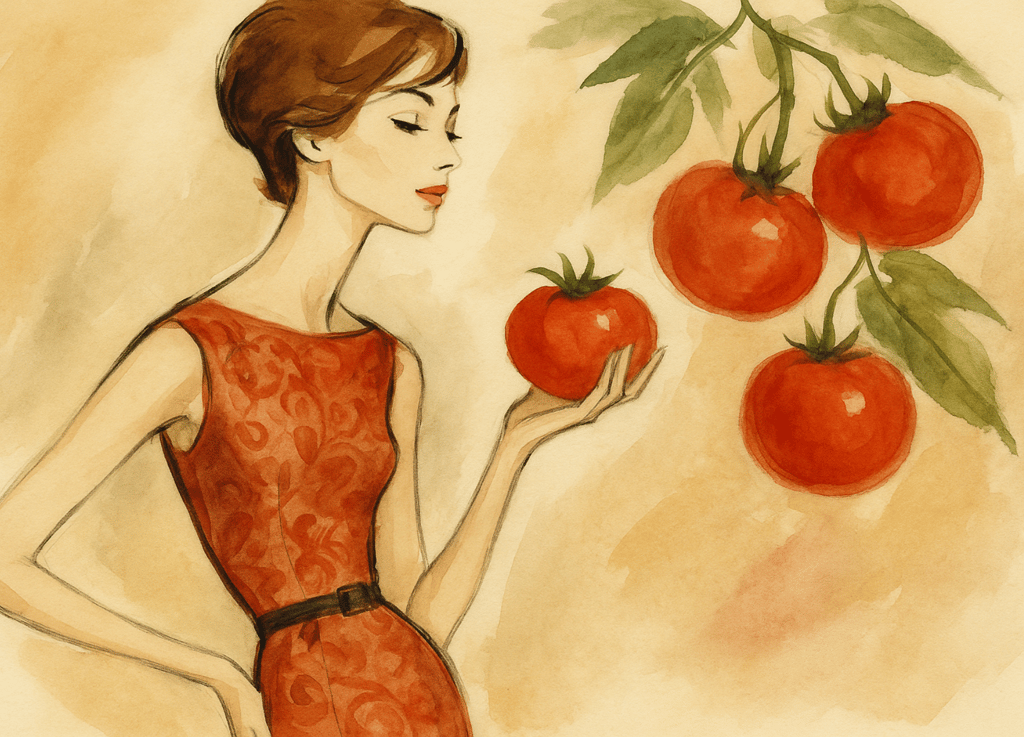Tomato History in Europe: Why This Beloved Fruit Was Once Called the "Poison Apple"
Tomatoes were once feared in Europe as “poison apples.” Discover the strange, true story behind this now beloved kitchen staple. Tomato history in Europe
KITCHEN LORE & FORGOTTEN FOODS


At Hida Dream Home, we love the quiet stories hidden in everyday things. Take the tomato. Juicy, red, and beloved today — but for centuries, it was a source of suspicion, even fear.
When tomatoes first arrived in Europe from the Americas in the 1500s, they dazzled the eye but worried the stomach. People called them “poison apples.”
Why? It wasn’t superstition — not entirely. It was chemistry. Wealthy Europeans ate from pewter plates high in lead. Tomatoes, being acidic, would draw the lead out — and those who ate the fruit would fall ill. Some even died.
The blame fell not on the plates, but on the tomato itself.
So for a long time, tomatoes were grown for show, not supper. They flourished as ornamental plants in aristocratic gardens, admired but untouched. Recipes ignored them. Herbalists warned against them.
Meanwhile, poorer folk — with their wooden bowls and clay dishes — had no such trouble. In sun-warmed kitchens of the south, curiosity crept in. The tomato began its quiet revolution.
By the 18th century, Italy led the way. Tomato sauces simmered in Neapolitan kitchens. Spain and France followed, slowly folding the once-feared fruit into their national cuisines.
Today, it’s hard to imagine a pantry without them.
But the story of the tomato is a gentle reminder: even the most beloved foods were once misunderstood. Sometimes, it’s the vessel — not the fruit — that poisons the feast.
And sometimes, fear just needs a little time to ripen into trust.
